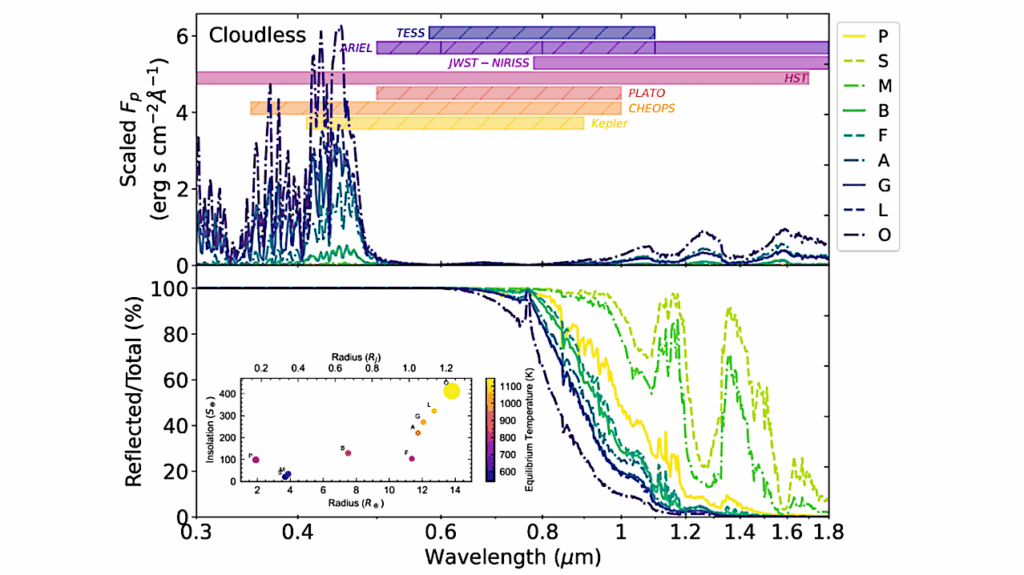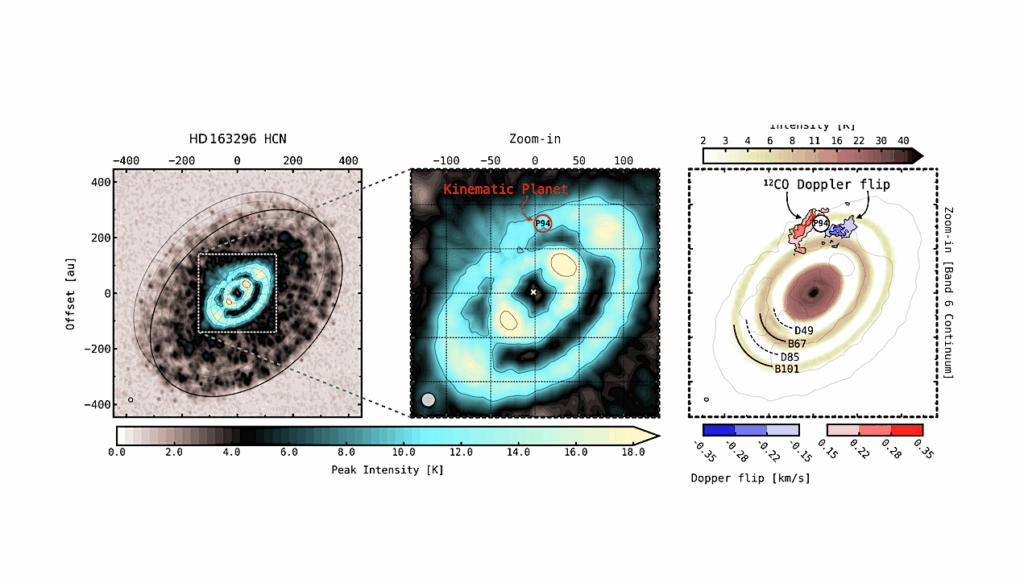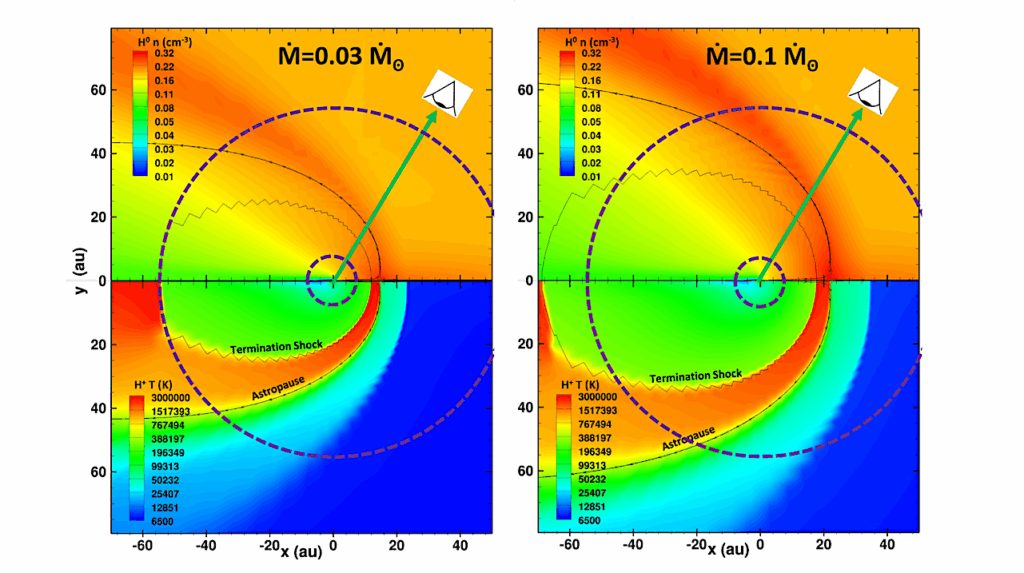The Occurrence of Earth-Like Planets Around Other Stars

The quantity η⊕, the number density of planets per star per logarithmic planetary radius per logarithmic orbital period at one Earth radius and one year period, describes the occurrence of Earth-like extrasolar planets.
Here we present a measurement of η⊕ from a parameterised forward model of the (correlated) period-radius distribution and the observational selection function in the most recent (Q17) data release from the Kepler satellite. We find η⊕=3.9+2.2−1.6% (90% CL). We conclude that each star hosts 3.83+0.76−0.62 planets with P≲3yr and R≳0.2R⊕. Our empirical model for false-positive contamination is consistent with the dominant source being background eclipsing binary stars. The distribution of planets we infer is consistent with a highly-stochastic planet formation process producing many correlated, fractional changes in planet sizes and orbits.
Will M. Farr, Ilya Mandel, Chris Aldridge, Kirsty Stroud
(Submitted on 16 Dec 2014)
Comments: Submitted to ApJL
Subjects: Earth and Planetary Astrophysics (astro-ph.EP)
Cite as: arXiv:1412.4849 [astro-ph.EP] (or arXiv:1412.4849v1 [astro-ph.EP] for this version)
Submission history
From: Will Farr
[v1] Tue, 16 Dec 2014 00:55:26 GMT (3996kb,D)








